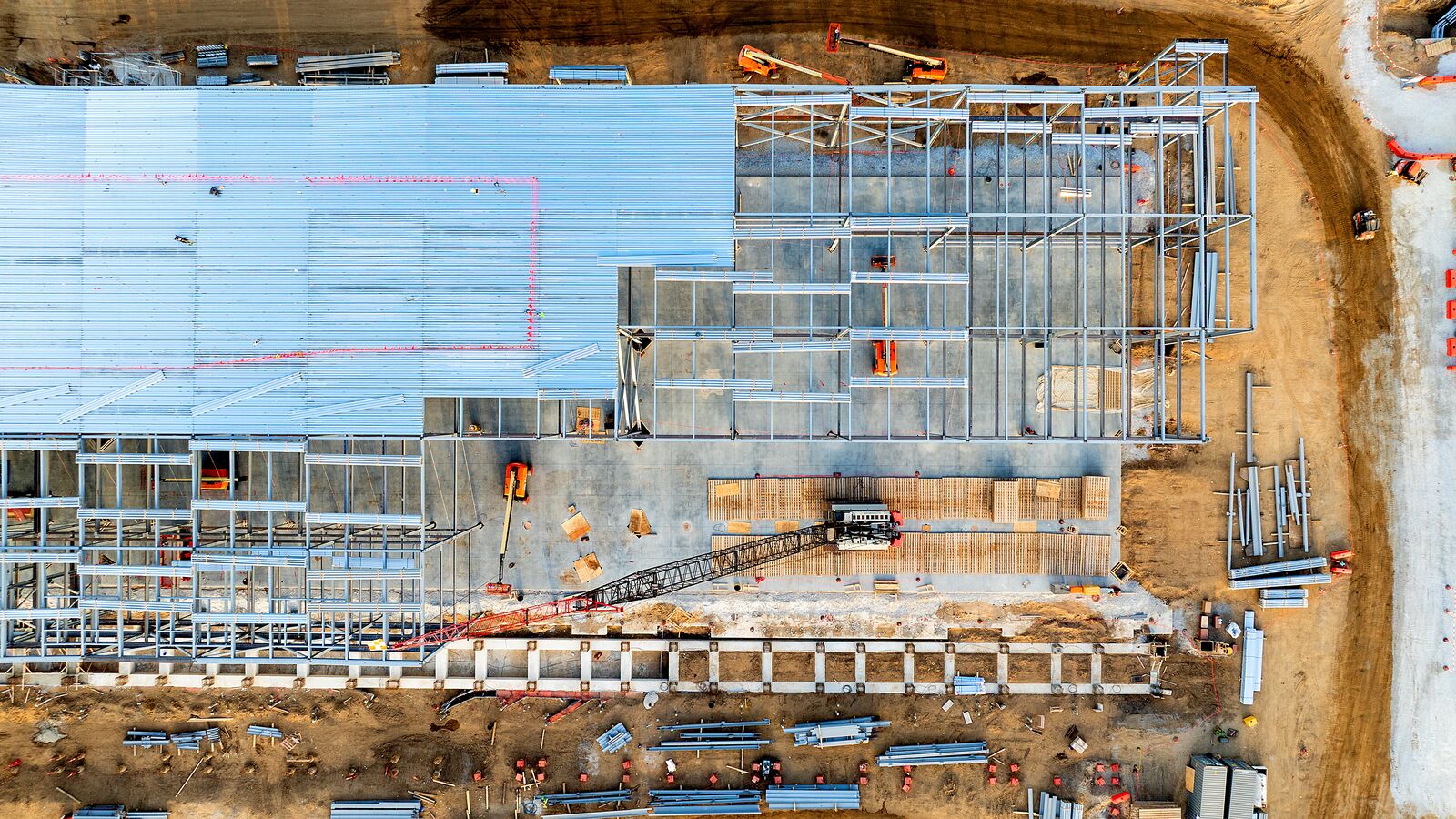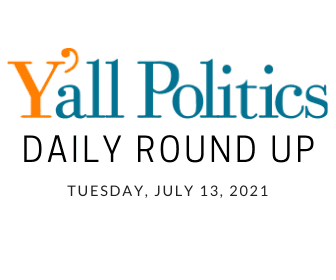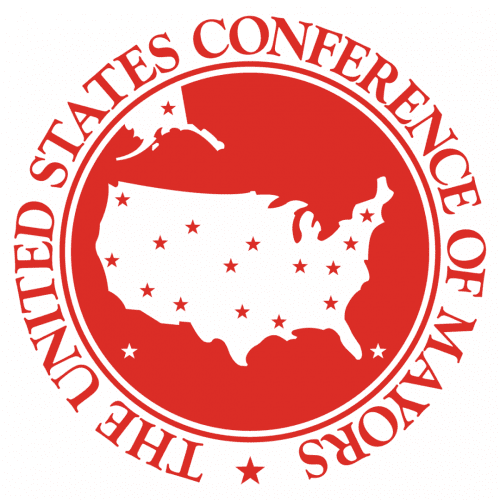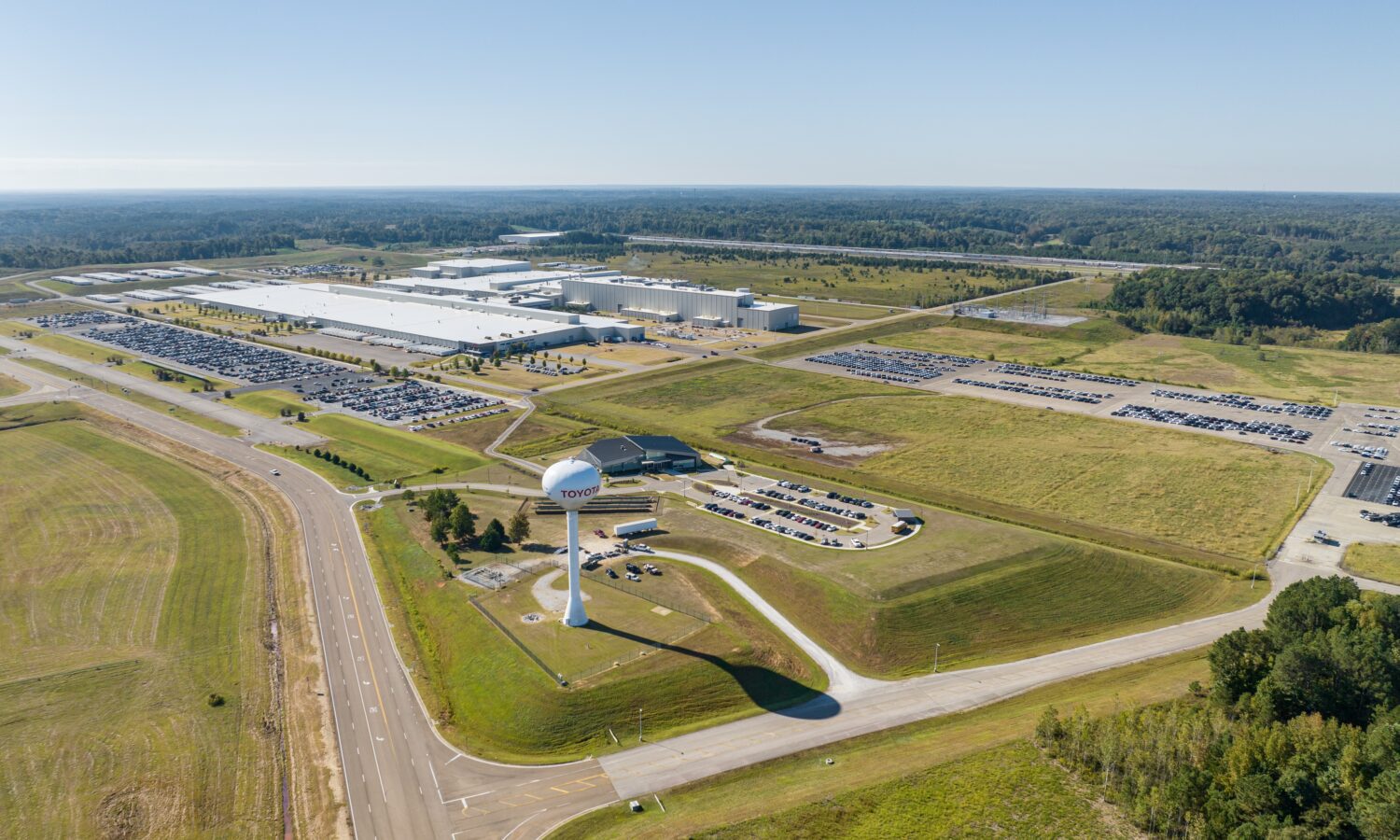
The NFIB Optimism Index increased 2.9 points in June to 102.5, the first time the Index exceeded 100 since November 2020. Seven of the 10 Index components improved and three declined. The NFIB Uncertainty Index increased four points to 83.
“Small businesses optimism is rising as the economy opens up, yet a record number of employers continue to report that there are few or no qualified applicants for open positions,” said NFIB Chief Economist Bill Dunkelberg. “Owners are also having a hard time keeping their inventory stocks up with strong sales and supply chain problems.”
State-specific data is unavailable, but NFIB State Director Dawn Starns McVea said, “Sales are picking up, but a lack of qualified applicants is making it harder for small businesses to provide the goods and services their customers need and fully recover from the COVID-19 downturn.”
Other key findings include:
- Owners expecting better business conditions over the next six months rose 14 points to a net negative 12%, an improvement but still in very negative territory.
- Earnings trends over the past three months improved six points to a net negative 5%.
- The net percent of owners raising average selling prices increased seven points to a net 47% (seasonally adjusted), the highest reading since January 1981.
As reported in NFIB’s monthly jobs report, 46% of owners reported job openings that could not be filled, a decrease of two points from May but still historically high and above the 48-historical average of 22%. Small employers have plans to fill open positions, job creation plans over the next three months rose to a net 28%, up one point.
Down from May’s report, 53% of owners reported capital outlays in the last six months. Of those making expenditures, 36% reported spending on new equipment, 23% acquired vehicles, and 14% improved or expanded facilities. Six percent of owners acquired new buildings or land for expansion and 11% spent money on new fixtures and furniture.
A net 9% of all owners (seasonally adjusted) reported higher nominal sales in the past three months. The net percent of owners expecting higher real sales volumes improved five points to a net 7%.
The net percent of owners reporting inventory increases rose 2 points to a net 1%. A net 11% of owners view current inventory stocks as “too low” in June, up three points from May and a historically high reading.
A record-high reading, a net 11% of owners plan inventory investment in the coming months.
Unadjusted, 5% reported lower average selling prices and 54% reported higher average prices. Price hikes were the most frequent in wholesale (82% higher, 4% lower), retail (63% higher, 1% lower), and manufacturing (62% higher, 5% lower). Seasonally adjusted, a net 44% plan price hikes, up one point from May.
A net 39% (seasonally adjusted) reported raising compensation, a record high. A net 26% plan to raise compensation in the next three months.
Eight percent of owners cited labor costs as their top business concern and 26% said that labor quality was their top business problem, unchanged from May but remaining the top overall concern.
The frequency of reports of positive profit trends improved six points to a net negative 5%, driven primarily by the increase in sales. Among owners reporting lower profits, 35% blamed weaker sales, 25% cited a rise in the cost of materials, 9% cited labor costs, 9% cited lower prices, 8% cited the usual seasonal change, and 5% cited higher taxes or regulatory costs. For owners reporting higher profits, 66% credited sales volumes, 13% cited usual seasonal change, and 9% cited higher prices.
Three percent of owners reported that all of their borrowing needs were not satisfied. Twenty-five percent reported all credit needs were met and 59% said they were not interested in a loan. A net 2% reported that their last loan was harder to get than in previous attempts.
One percent of owners reported that financing was their top business problem. The net percent of owners reporting paying a higher rate on their most recent loan was 1%.
The average rate paid on short maturity loans was 4.9%, unchanged from May. Twenty-three percent of all owners reported borrowing on a regular basis.
Click here to view the full report.
About the Small Business Economic Trends Survey
The NFIB Research Center has collected Small Business Economic Trends data with quarterly surveys since the 4th quarter of 1973 and monthly surveys since 1986. Survey respondents are drawn from a random sample of NFIB’s membership. The report is released on the second Tuesday of each month. This survey was conducted in June 2021.
Press Release
7/13/2021









